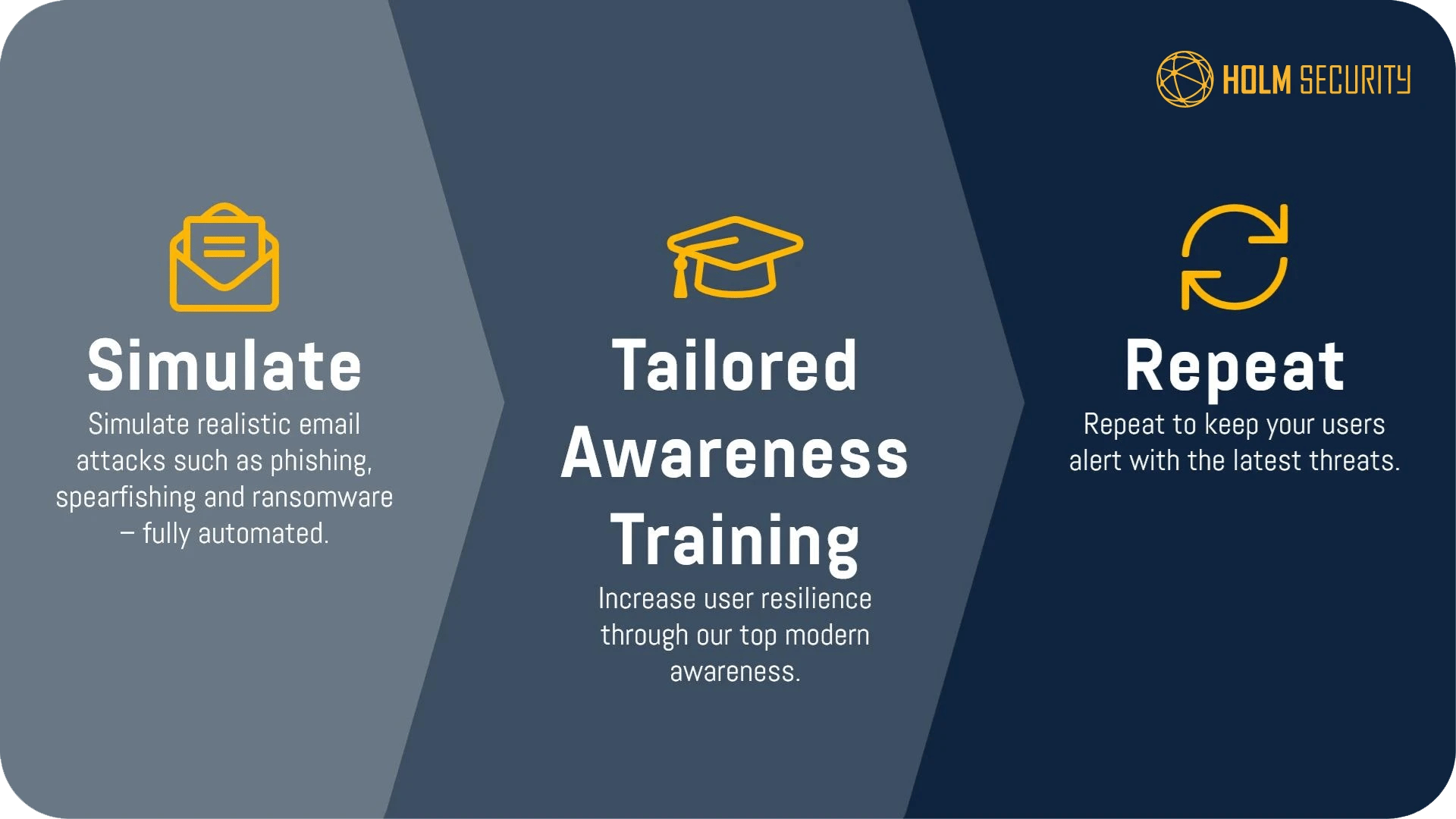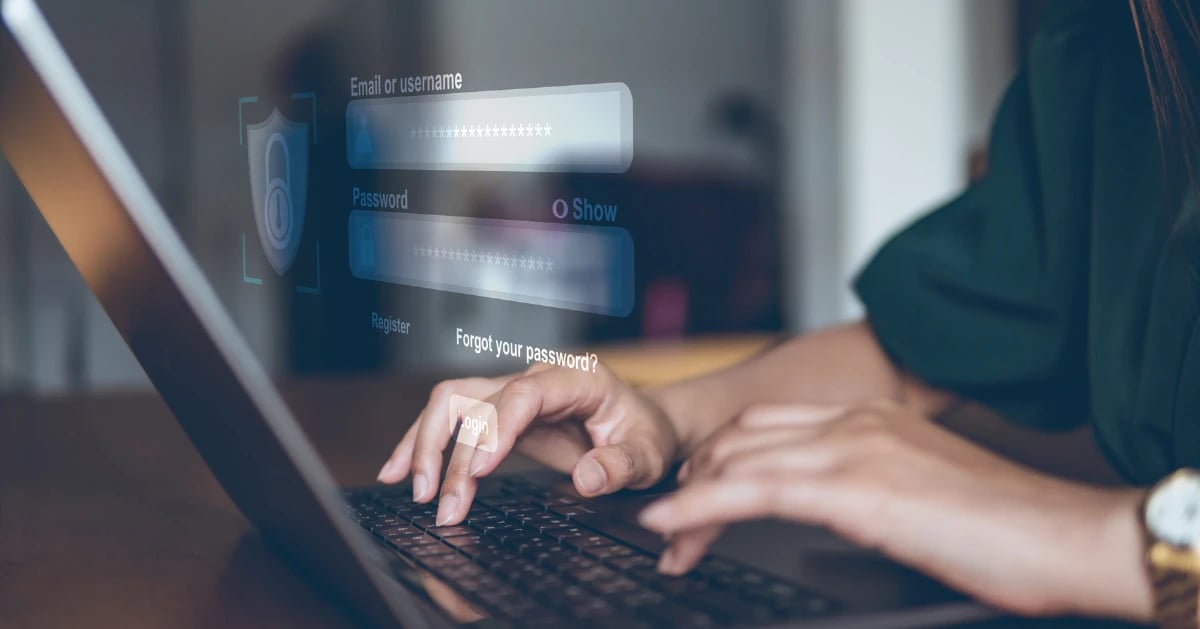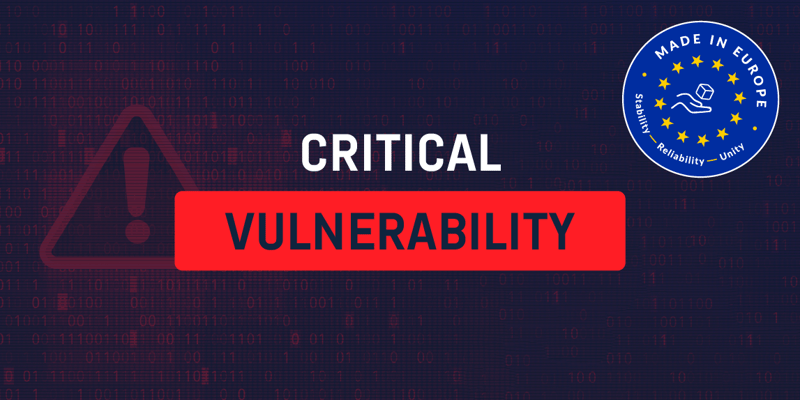What is phishing?
Firstly, let's have a quick recap on phishing. Phishing aims to lure individuals into providing sensitive information, including credit card information or social security numbers, other personally identifiable information, and passwords. A phishing attack involves contacting a target by email, telephone, or text message, masquerading as a legitimate organization.
Using personal information, criminals could gain access to essential accounts, for example, bank accounts or corporate access information, leading to identity theft and financial loss.
Protecting yourself from phishing attacks
Your spam filter prevents some phishing emails from reaching your inbox. The problem is that cybercriminals are always trying to trick spam filters, so it is impossible for all spam emails to be blocked, so it is a good idea to have extra layers of protection. The following four steps will help you minimize phishing scams.
Protect your accounts with multifactor authentication
Most of us log in to at least one account daily - maybe to check our email, log in to a project management platform, post on social media, or pay bills. These accounts contain personal and financial information, so you are likely to use a strong password to protect your accounts. Unfortunately, passwords are susceptible to cyberattacks. Hackers use different tactics to steal passwords, such as phishing attacks or stolen credentials from data breaches.
Password protection is a critical first line of defense against hackers. However, two-factor authentication, also known as two-step verification or multi-factor authentication, is the most effective way to shield your accounts.
Protect your data with back-ups
One of the most critical steps in protecting your data from a cyberattack is to back up your data. In the event of a malware attack or ransomware attack, you can boot your backup and restore your data to its original state. Depending on the organization, cloud-based backup solutions like Google Drive or Dropbox may be used, while other companies prefer external hard drives. Your backup strategy should include multiple solutions to ensure total data security. Some things to consider include the following:
Simplicity, capacity, flexibility, connectivity, recovery, and integration.
It is crucial to restrict data backups so that:
- Staff cannot access them
- The backups do not have a permanent connection (physically or over the local network) to the device holding the original copy
A backup can be infected by ransomware (and other malware), so you may not be able to recover your data from it if it is not protected from attacks.
Protect your business by reducing the impact of attacks
Depending on the size of an organization and the amount of data compromised, phishing attacks can impact businesses in many ways. Here are some ways to better mitigate these threats as they arise and protect your business-critical systems and information.
- Configure your staff's accounts in advance regarding role-based user access. By doing this, you reduce the potential damage that can be caused if your staff falls victim to a phishing attack.
- If your security is based on zero trust, you must constantly verify all connected devices without exceptions.
- Employees should not be allowed to delay security patches and other updates by their organizations.
Protect your business with education
Consider how someone might target your organization and ensure that every employee understands how the organization usually works (especially when interacting with other organizations) so they can identify unusual requests. Encourage your staff to question suspicious or unusual requests, even if they appear to be from essential individuals. A simple behavior change can make a huge difference in staying safe or causing a costly accident. Keeping security at the top of mind throughout the organization requires ongoing security awareness training and simulated phishing attempts. These steps can be quickly taken with a phishing awareness program.
Practice makes perfect. Your employees can be your greatest shield against cyber threats with proper training. Holm Security’s Phishing Simulation & Awareness Training sharpens your employee's intuitions and reevaluates their online actions.
The following three steps for building your human firewall include:
Simulation
Subject your employees to realistic email attacks such as spearfishing, phishing, and ransomware. Using Holm Security, you can fully automate this process. Through an easy-to-use dashboard, you can then evaluate which employees are most at risk as a result of simulated attacks.
Awareness training
You can educate your employees to recognize phishing attacks and understand cybercriminals' tactics to make users leak account information and other sensitive information. With awareness training, you can measure risk and monitor progress. A detailed analysis of the results of a phishing campaign helps identify the weaknesses of individual users and measures the risk level of an entire group of users. Our unique user risk scoring system allows you to follow how user resilience develops over time.
Repetition
Repetition is the key to keeping your users on top of the latest threats. As Thomas Wolfe, the American author, once said, “I have to see a thing a thousand times before I see it once.”

Check for the obvious signs of phishing
Phishing attacks are becoming more challenging to recognize. It would severely impair business productivity if your staff were expected to identify every single email as a phishing attack. Despite this, many phishing emails still resemble traditional attacks. Therefore, be wary of these warning signs:
A common sign of phishing scams is poor spelling, grammar, and punctuation. Some will use logos and graphics to create an official-looking email. Are the design and quality what you would expect from a large organization? Does the email contain a veiled threat urging you to act immediately? If you receive an email that says, 'send these details within 24 hours, ' be careful.
To learn all the signs, download our whitepaper on 7 ways to recognize email attacks.
Increase security & stay safe
Like other security issues, we can protect ourselves from phishing attacks through various steps, but we don't have to do it alone. For that extra level of security, keep an eye out for phishing attacks, and use a phishing awareness tool like Phishing Simulation & Awareness Training from Holm Security.







